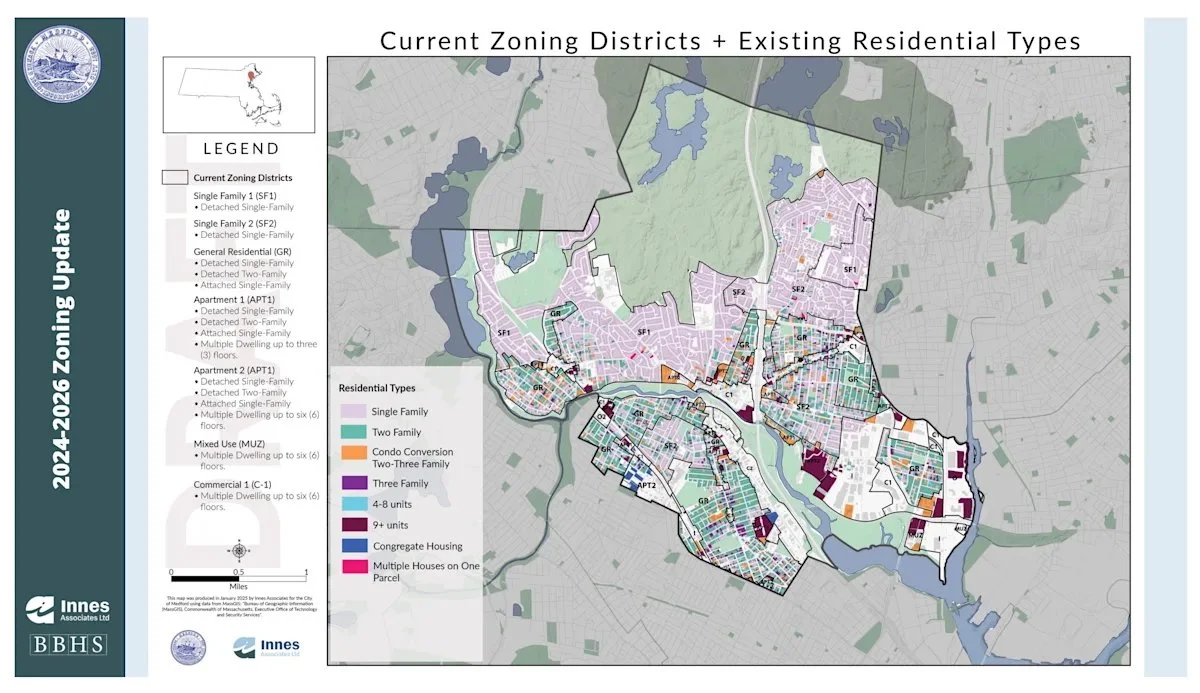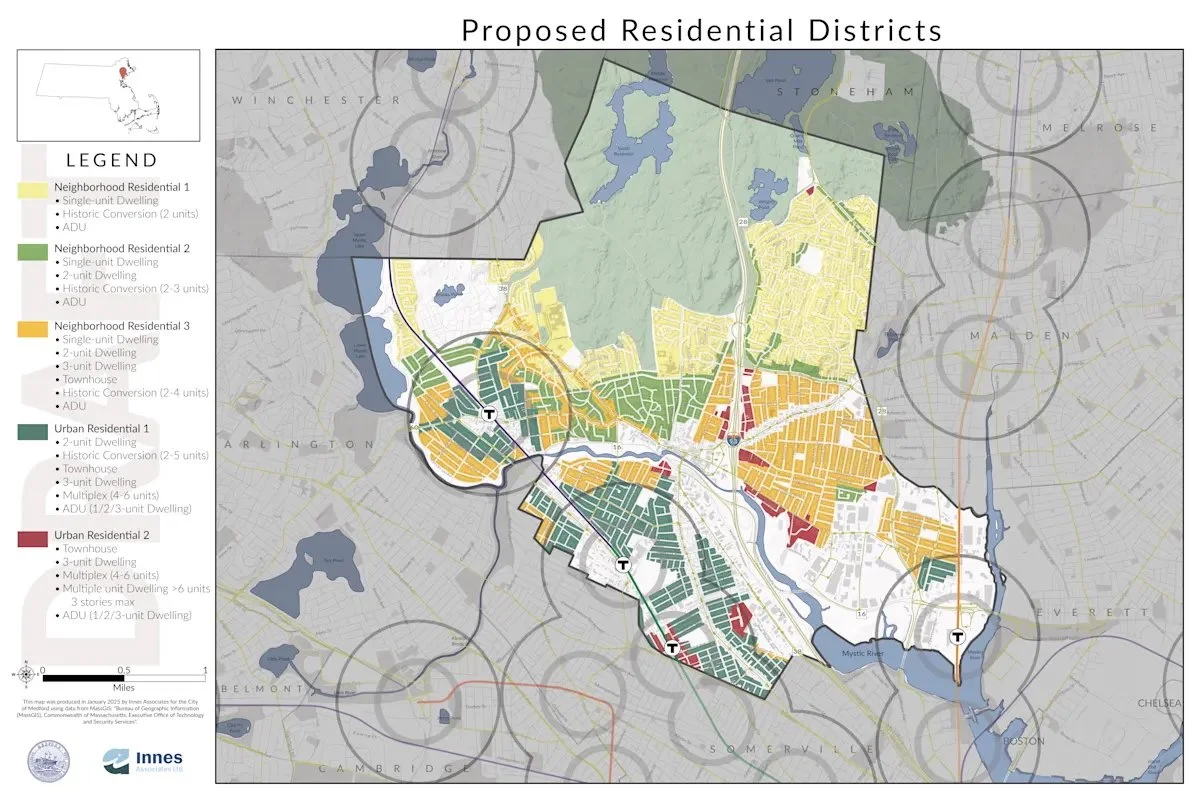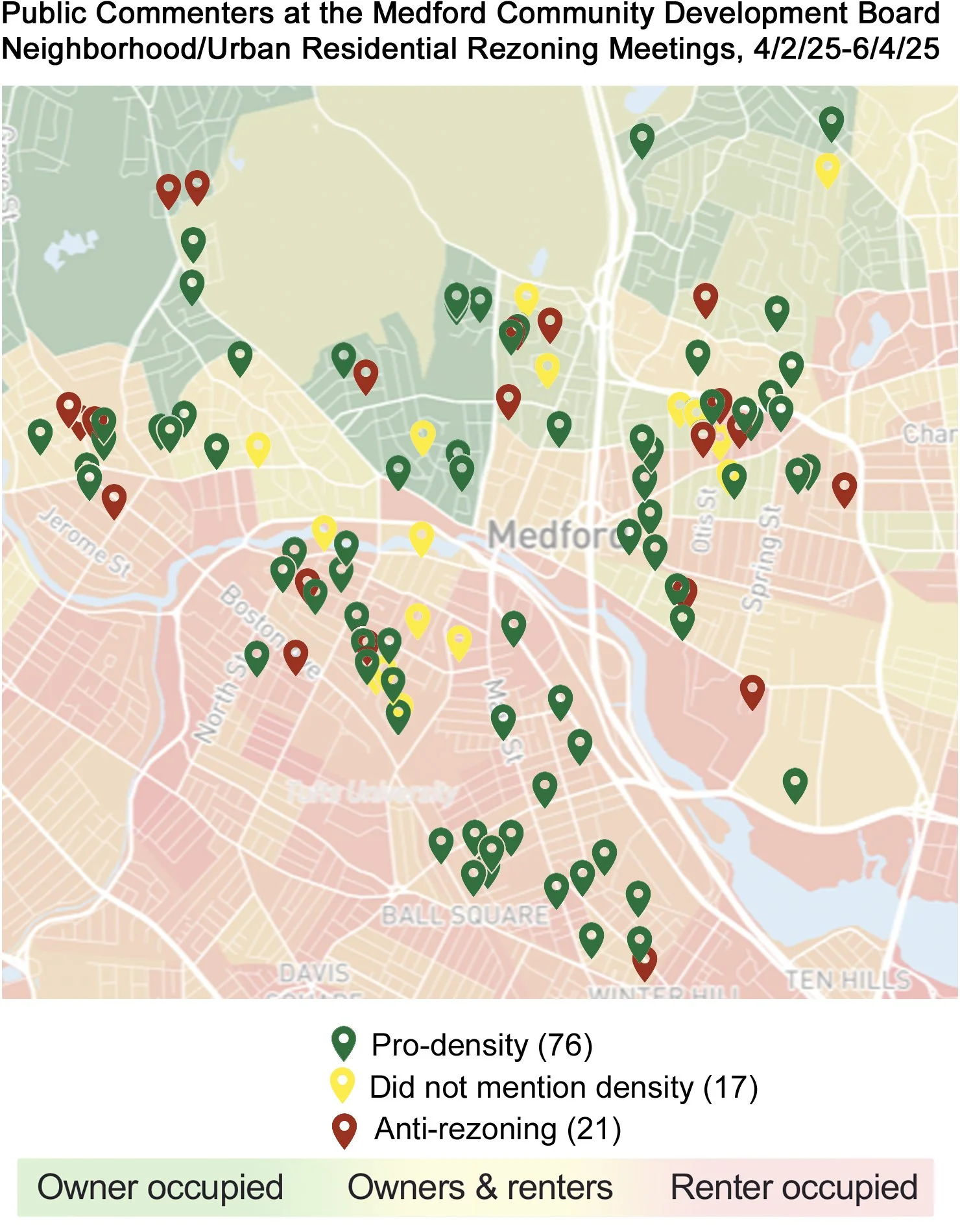Do people want more density?
(Spoiler: Yes, they do.)
An ongoing question for elected officials is what the majority of residents think about any one issue at any one time. There are six methods of gauging this: elections, canvassing, polls/surveys, public meeting comments, day-to-day conversations, and petitions.
Elections are the most effective method because they poll the most people, but they’re expensive and they can only answer so many questions definitively. Surveys and polls, unless they’re conducted by costly professional firms, are inevitably biased towards certain demographics. Petitions are unreliable because you don’t know how many people chose to not sign a particular petition, or whether that petition was signed by non-residents, or whether the petition used misinformation to get people to sign it. My personal favorite is canvassing, since it’s a reasonably unbiased way to poll people who don’t live in locked apartment buildings. Day-to-day conversations and rumor mills actually can be effective if you understand who you’re talking to and what groups they’re connected with, but it’s difficult to use that to openly justify a policy decision.
Public comments at open meetings represent the views of relatively high-information people and are biased toward those who have the time, interest, and energy to attend public meetings. This often excludes renters, young families, and people who have too much social anxiety to sit in the middle of rowdy crowds for long periods of time. And it’s pretty rare to see people attend public meetings to show support for an initiative, so usually public comments are biased towards an oppositional viewpoint.
That being said, public meetings are often the only verifiable way to get the pulse of an issue, especially for underresourced city staff. The upcoming Neighborhood and Urban Residential Rezoning initiative is one of the most important issues that Medford has had to consider this term because it will dictate how densely we can build housing in the future and where. So, it’s worth taking a look at what people have said.
The NR/UR zoning proposal is the part of Council’s ongoing rezoning effort that, specifically, proposes to rezone all residential areas of the city (other commercial areas are being rezoned one by one). It essentially proposes to replace our current zoning with a version that gives Medford more density, particularly at our new transit hubs, while also accounting for the high number of nonconforming structures that already exist in this city.
Current zoning, overlaid with existing residential types.
Proposed rezoning of Medford’s residential districts.
The consultants we’re working with to rezone the city released an interactive map of the current and proposed rezoning, which is worth checking out for a deep dive.
Thus far, there have been five meetings at which residents have had the opportunity to speak about this particular phase of our rezoning effort: the April 2nd Community Development Board meeting, as well as the April 16th, May 7th, May 21st, and June 4th meetings. The CDB is having quorum issues since some of its seats are unfilled, which is why there have been so many of these meetings. But a side effect of so many meetings is that they’ve had a lot of time to collect public comment. The fact that this is a zoning proposal that affects every part of the city rather than one specific location has also made the proposal attract a higher-than-usual amount of public comment.
At those meetings, a total of 114 people have said something about the NR/UR rezoning proposal. Some people have spoken or submitted written comment multiple times, but the number of unique individuals is 114. The Office of Planning, Development, and Sustainability got an intern to go over the meetings and take notes on those public comments, marking whether those comments were pro-density or outright against the rezoning effort. When I found out that they were doing this, I asked for a copy of that spreadsheet. I could verify the addresses of all but three of those people against public voter files (residents usually say their addresses prior to public comment anyway). Every one of those residents has very differing, complex opinions on the zoning, all at varying levels of information, but for the sake of simplicity I’m going to use three labels that that intern coded: “spoke in favor of more density”, “did not speak in favor of more density”, and “opposed the rezoning”. Of the 111, 76 were pro-density, while 38 did not express a pro-density view; of those 38, 21 were outright opposed to the rezoning effort.
Note: could not find the address of three speakers, while others came from the same household, so the number of markers may not line up exactly with the counts in the legend. Source of background: https://bestneighborhood.org/housing-data-in-medford-ma/
A few notes about this dataset: first, it only covers the five meetings at which the neighborhood residential and urban zoning proposals were discussed, not other phases of the zoning proposal like Salem Street or Mystic Avenue. Second, of the 38 residents who did not necessarily speak in favor of density but did not outright speak against it (i.e., the yellow markers), some are historic opponents of the zoning anyway, so many of the yellow markers above include individuals who have consistently disfavored the rezoning effort altogether. Others may have just spoken about a topic other than density. In one case, a person who is in favor of higher density also said the zoning was moving “too fast”, though just about every other pro-density speaker did not share this sentiment. So there is nuance here that’s not captured in the above maps, but it offers a bird’s eye view of what’s going on.
I’ve also been canvassing along Salem Street for my re-election and so far I’ve encountered exactly two people who have expressed unfavorable views about the rezoning, and I already knew one of them. The vast majority who did bring it up were excited to see something new happening in the city (though most people are unaware of it or didn’t bring it up). So my personal experience reflects what’s in this dataset.
What’s interesting to me is the fact that almost nobody in South Medford — a renter-heavy area — expressed views against density, and that’s an area that’s already relatively dense as is. The supporters came from all parts of the city, but those opposing it were almost exclusively outside South Medford.
Another datapoint that’s available in public voter files is date of birth, and I was able to cross-reference all but 11 of the speakers with voter files to find their age:
The average age of pro-density speakers was 47.4, while the average age of anti-rezoning and speakers who did not mention zoning was 56.7.
So, while most of the oppositional group came from around ages 50 to 70, supporters are more evenly spread out in this respect.
I have two major takeaways from this analysis:
A clear majority of people want more density in the city. Even if we assume that those who did not express pro-density views in their comments are against it, it’s a 2:1 ratio of those who want more density versus those who do not. The fact that this is reflected in public meeting comments (which, in my experience, usually attracts oppositional viewpoints) makes me think that the 2:1 ratio above could even be underselling it.
The opposition/neutral groups are more lopsided both demographically and geographically, while supporters are more evenly distributed in their ages and locations. This suggests, to me, that the pro-density view is one more widely held in the general population.
And, for a more personal perspective: I spoke this week with a woman in Medford Square who was working part-time and had been waiting on a Section 8 voucher list for years. She was couch-surfing with a one-year-old son and just wanted a roof over her head. The most I could do was refer her to our housing planner. There’s not enough housing, full stop.




